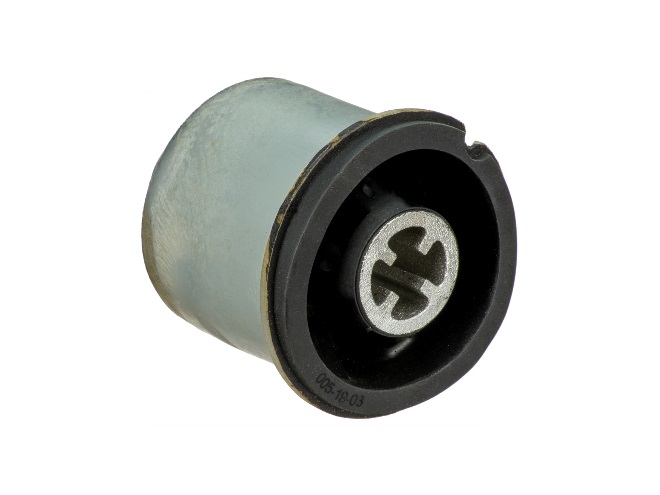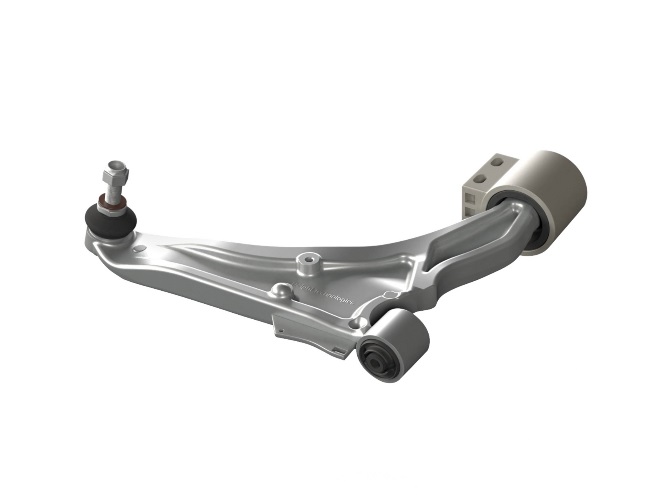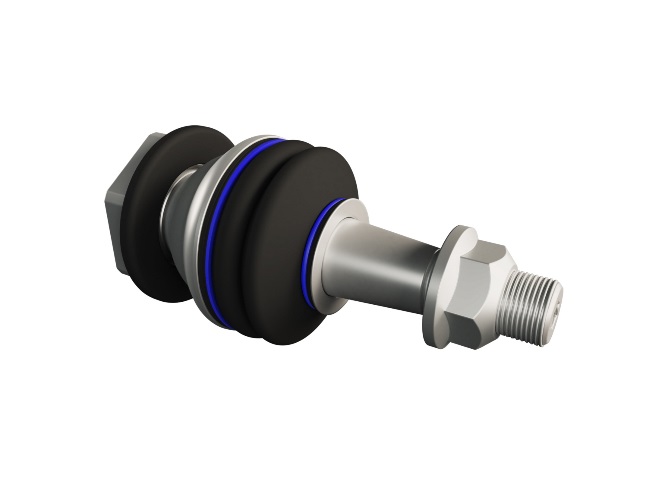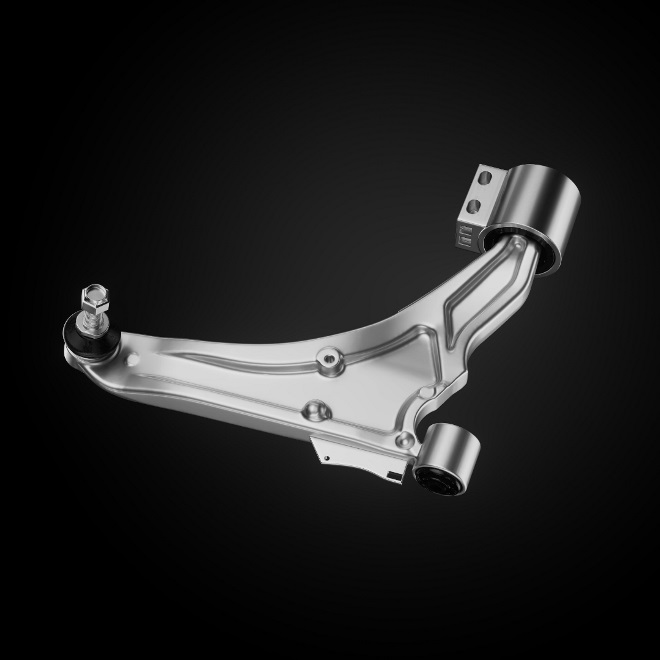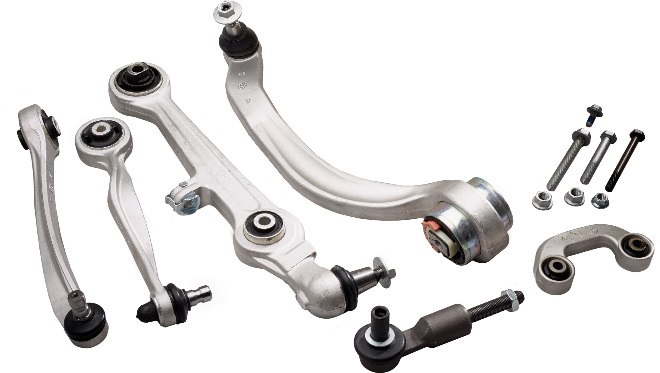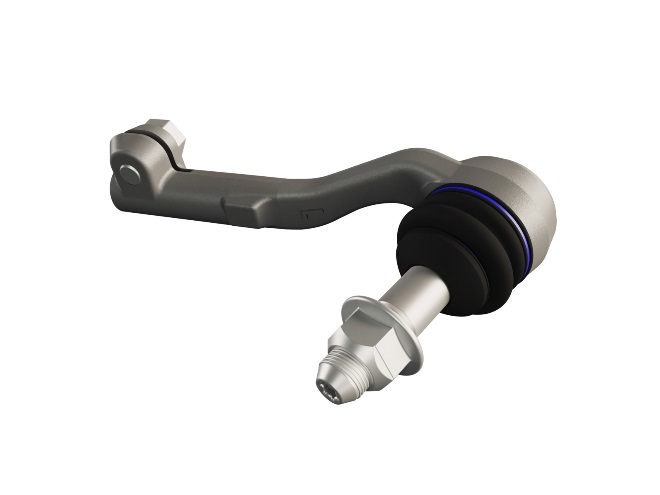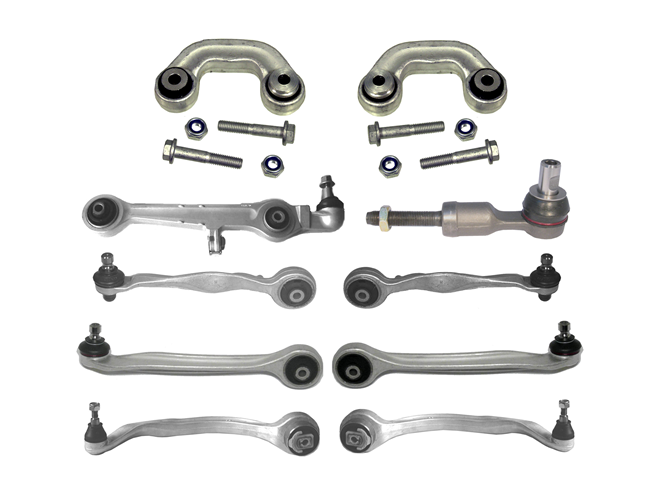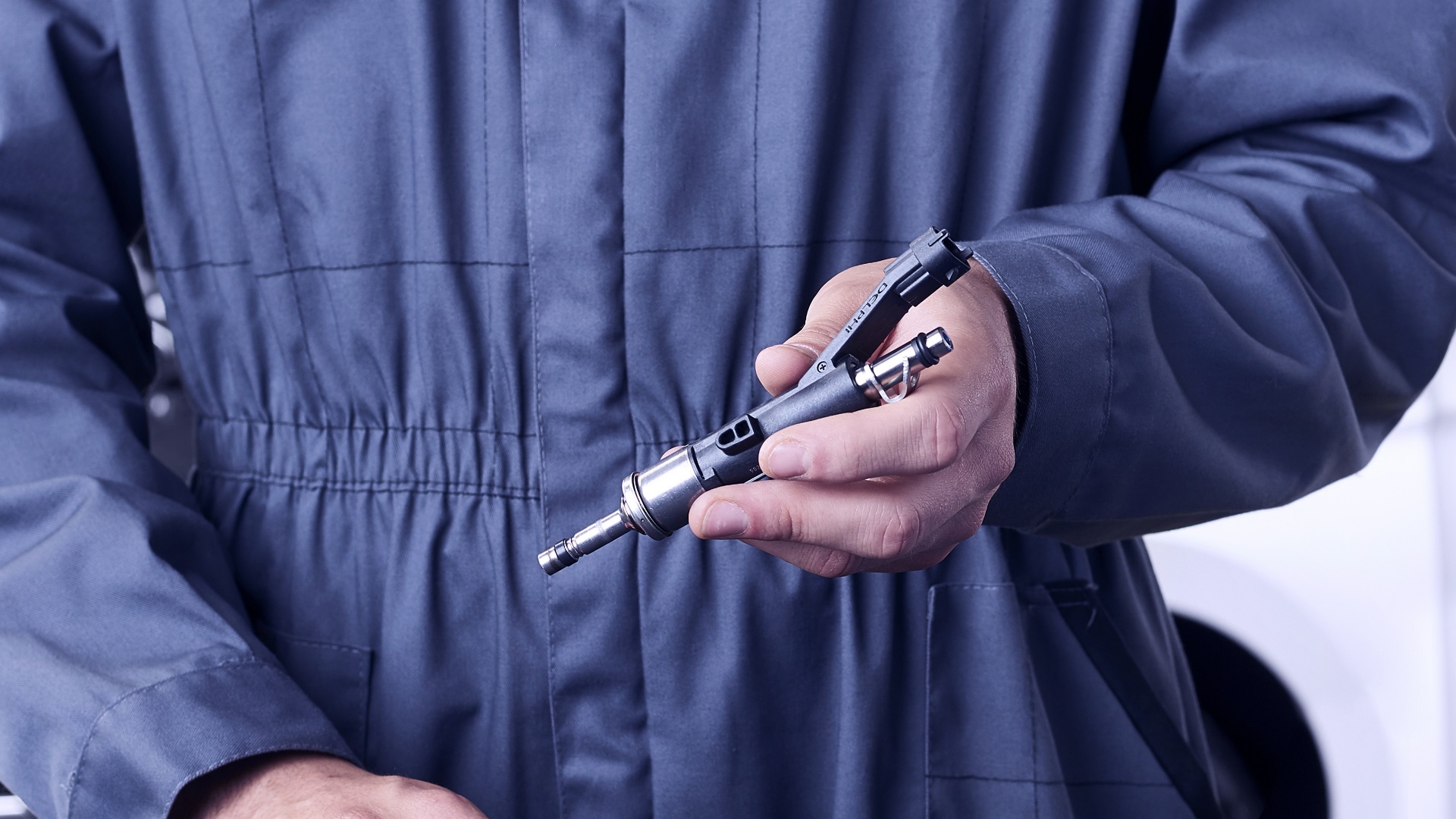Resource Highlights
In this article we give you a simple break down of the steering angle sensors.
As of the 2012 model year, the National Highway Traffic Safety Administration required all new passenger vehicles sold in the US to be equipped with ESC for overall safety. Electronic stability control (ESC) is a series of sensors that work with a computer to improve vehicle stability by detecting and reducing the loss of traction. The most important sensors in the ESC system are:
- Yaw rate sensor
- Lateral acceleration sensor
- Wheel speed sensor
- Steering wheel angle/steering torque sensor
These sensors rely on each other to give the ESC module (usually part of the ABS module) accurate information connecting the steering wheel with the wheels, such as rate of turn or traction control. Because the sensors need to communicate accurate information, it is important that whenever there is a change to the steering system that the steering wheel angle sensor is reset or recalibrated.
Today, many vehicles are equipped with variable effort power steering, EPS (Electric Power Steering) and ADAS (Advanced Driver Assistance Systems) such as LKA (Lane Keep Assist) and semi-autonomous driving systems that rely on accurate information from the steering angle/steering torque sensor.
How steering angle and steering torque sensors work
The steering angle sensor (SAS) determines where the driver wants to steer, matching the steering wheel with the vehicle's wheels. Located within the steering column, the steering angle sensor always has more than one sensor packaged together in a single unit for redundancy, accuracy, and diagnostics.
Analog sensors use voltage differences to determine information about the angle and turn direction, while digital sensors use an LED light that measures the angle of the steering input. The sensor then reads and sends a minimum of two signals, often out of phase, to the ESC module, which then uses an algorithm to make sure the steering is accurate from the steering wheel to the wheels.
The SAS also provides information on how fast the steering wheel is being turned. A steering wheel being turned quickly is normal during low vehicle speed operation buy not normal during highway speeds. If the driver is turning the wheel at a high rate while driving at highway speeds the ESC will interpret that as an indication the vehicle has lost control of its intended direction.
On vehicles with ESC and electric power steering (EPS), there may also be a steering torque sensor that detects how much force the driver is applying to the steering wheel. It works like a torsion bar as it twists very slightly as the steering wheel/steering shaft is turned by the driver.
How electronic stability control works
The information the ESC module receives from the yaw, lateral accelerometer, SAS, steering torque sensors and wheel speed sensors are then compared to information in software within the ESC module. If there are any irregularities in the information, the ESC will assist in correcting the vehicle so the driver can maintain control.
For example, when the ESC detects loss of steering control, it automatically signals the ECM to reduce engine torque. This is accomplished on most vehicles with electronic throttle bodies via a throttle angle reduction. If torque reduction fails to bring the vehicle back into control, the ESC/ABS module applies the brakes on the correct wheels to help bring the vehicle back into directional control.
If the vehicle SAS is not recalibrated after alignment or when a replacement part is fitted, the driver will constantly be fighting the ESC system. This can cause the ESC system to disable if the angle is too far off, or worse, cause unexpected direction change while the wheel is turned. On some vehicles, the SAS may even need reset after the battery is disconnected.
Symptoms of a bad or failing steering angle sensor
Steering angle sensors do not fail often since they are designed to last the lifespan of the vehicle, but sometimes factors outside the control of most vehicle owners can cause the sensor to wear or fail completely. Luckily, there are two warning signs if the part is failing or failed which will let the driver know when the steering angle sensor needs to be replaced.
- Traction Control Light or Check Engine Light comes on
When a sensor begins to fail, the information it collects or sends will most likely be inaccurate, or if the sensor fails the information will not be collected at all. If there are any irregularities in the information from the SAS being sent to the ESC, an error code is sent to the vehicle’s engine control module (ECM) which then turns on a warning light on the dashboard. For most cars, the warning light will be a Traction Control Light, but some cars will show instead, or in addition to, a Check Engine Light. These warning lights tell the driver that the vehicle’s ESC system has been disabled and should be brought in for service.
- Play or erratic movement in the steering wheel, especially after an alignment or steering part replacement
When the sensor is installed improperly, damaged, or failing, the information it collects and sends to the ESC module will be inaccurate. This can cause the EPS (Electric Power Steering) module to provide steering input or adjustments at the wrong time, which will most often add play to the steering wheel or make the steering wheel feel loose. This happens because the amount of steering input you provide is not accurately being sent to the wheels. If there ever feels like a disconnected between the steering wheel and the actual steering of the car, the vehicle should be brought in for a service inspection.
It is not uncommon for auto repair shops to forget to reset or recalibrate the steering angle sensor after they've completed an alignment is performed/steering component replaced, or the battery is disconnected/replaced. Be sure to double check with the technician before driving the vehicle on the road.
Steering angle sensor reset
Over 40 million vehicles on the road today use ESC systems that require a recalibration of the steering angle sensor following a wheel alignment or installation of a suspension or steering part, as instructed by the original manufacturer's. There are two ways to reset the steering angle sensor depending on the vehicle:
- Self-calibration
Some vehicles can auto calibrate the SAS by simply turning the steering wheel from lock to lock to center. Some vehicles will also have a set of commands that need to be done for the calibration to initiate. Newer vehicles with more advanced wheel speed sensors may automatically reset their own SAS the next time the vehicle is driven in a straight line for a set period, usually just a few seconds at highway speed.
- Scan tool reset
A scan tool reset is required on some vehicles to recalibrate the SAS. Select types of alignment equipment even have the SAS reset function of a scan tool built into them eliminating the need for the technician to use a scan tool for the SAS reset function after an alignment is performed.
Please note, most manufacturers recommend that SAS calibration be performed on the ground as opposed to on a lift. When in doubt, always refer to the manufacturer's service manual for the proper procedure for resetting the vehicle’s steering angle sensor.
At Delphi, we want to make sure you get the most out of your steering and suspension parts, but most of all, we want to make sure your vehicle is safe to drive. As a full-service solution to your driving needs, we not only sell parts, but we teach technicians the best practices for working on steering and suspension systems.
Contact us today if you would like to sign up to learn more about Steering and Suspension.



